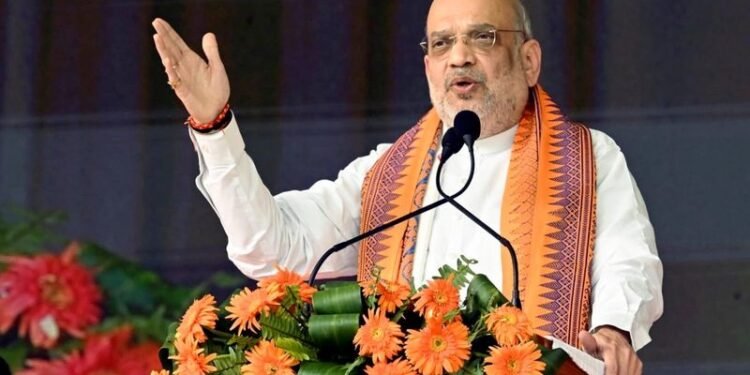The Central Government as well as the erstwhile BJP-led Manipur government has blamed the FMR for unregulated movement of Chin ethnicity people from neighbouring Myanmar into the state over the years and disturbing the ethnic balance of the local population, which it claims, led to the ongoing violence in the state since May 2023.
Rather, in December 2024, the Union Home Ministry finalised new and more stringent guidelines to regulate the movement of border residents, under which QR code enabled weekly passes are now being issued, which have biometric details of people moving in and out along the India-Myanmar border.
Also, people are allowed to move only within 10 km of the border with these passes.
The stricter guidelines were also issued keeping in mind the ongoing political uncertainty in Myanmar.
The guidelines were also necessitated after the Myanmar military took over the country following a coup on February 1, 2021, after which that country was engulfed in an intensified armed conflict between ethnic armed organizations (EAOs) and the military junta.
This resulted in over 40,000 refugees belonging to the Chin ethnic group entering Mizoram and Manipur seeking shelter.
What is FMR?
It is a bilateral arrangement between India and Myanmar that came into existence in 1968 as people living on both sides of the 1,643 km India-Myanmar border have ethnic and familial ties with each other.
The territorial limit of free movement at that time was 40 km, which was later reduced to 16 km in 2004, while additional regulations were enforced in 2016, with the latest restrictions coming into effect in December 2024.
Eligibility
Any member of the hill tribes (whether an Indian or Myanmar citizen) could cross the border with a border pass.
To maintain historical, cultural, and social ties between the trans-border communities and also to boost local trade and facilitate familial visits.



















